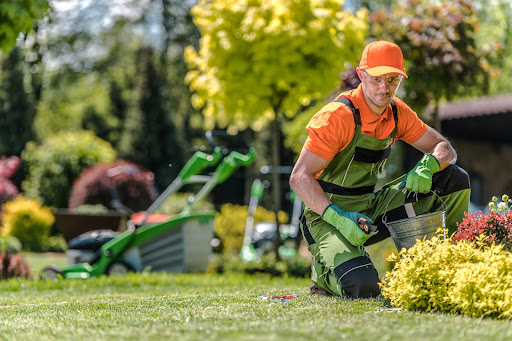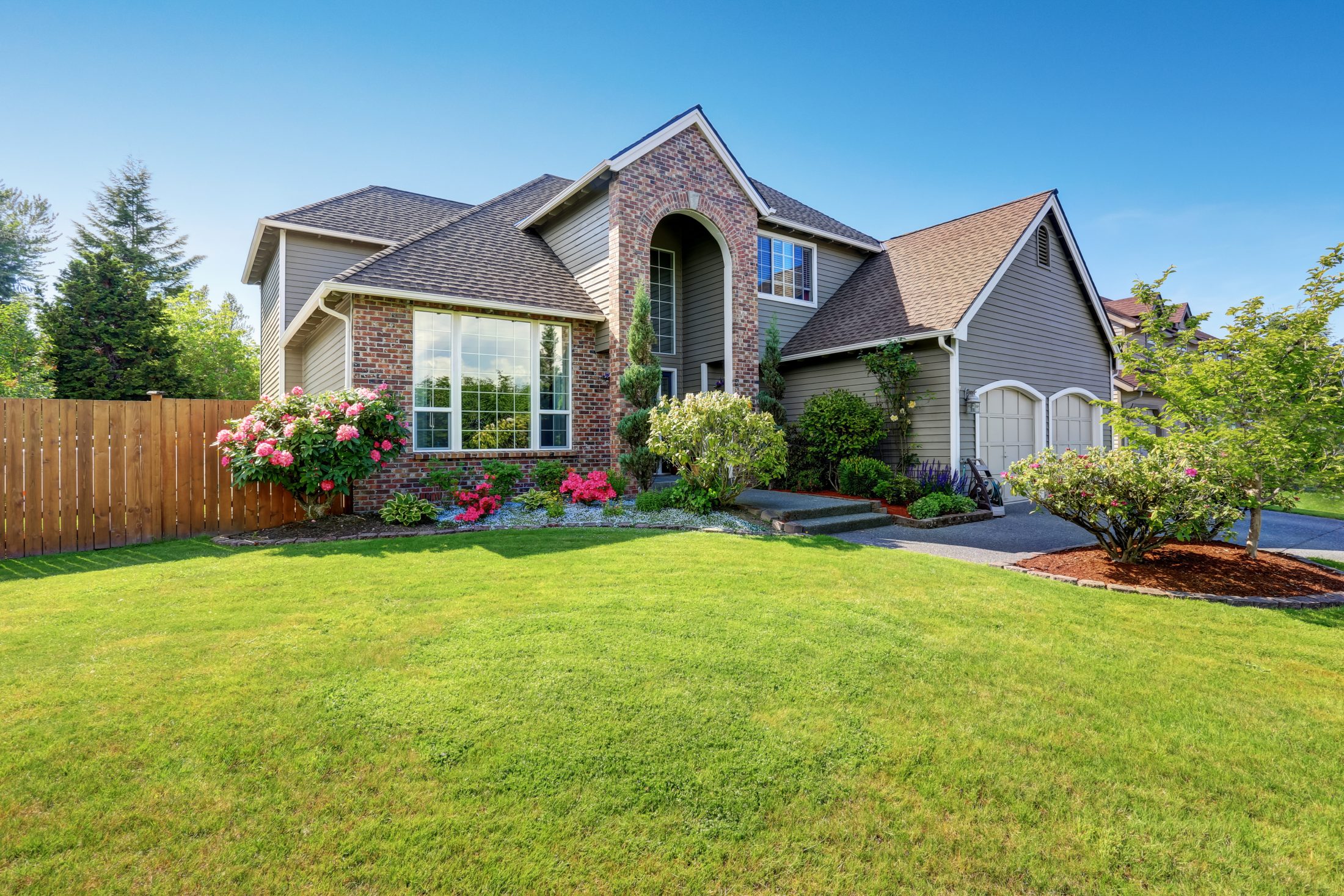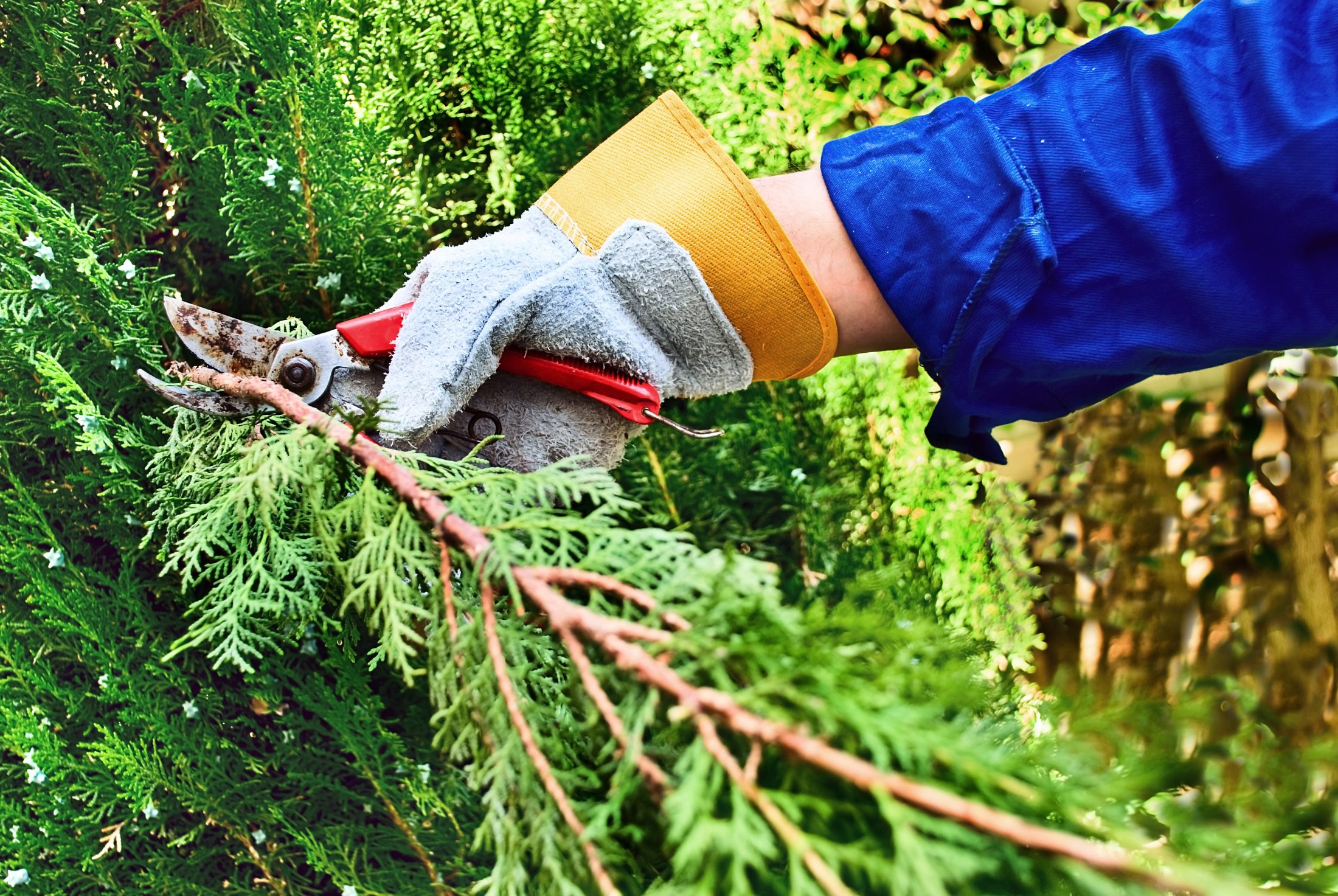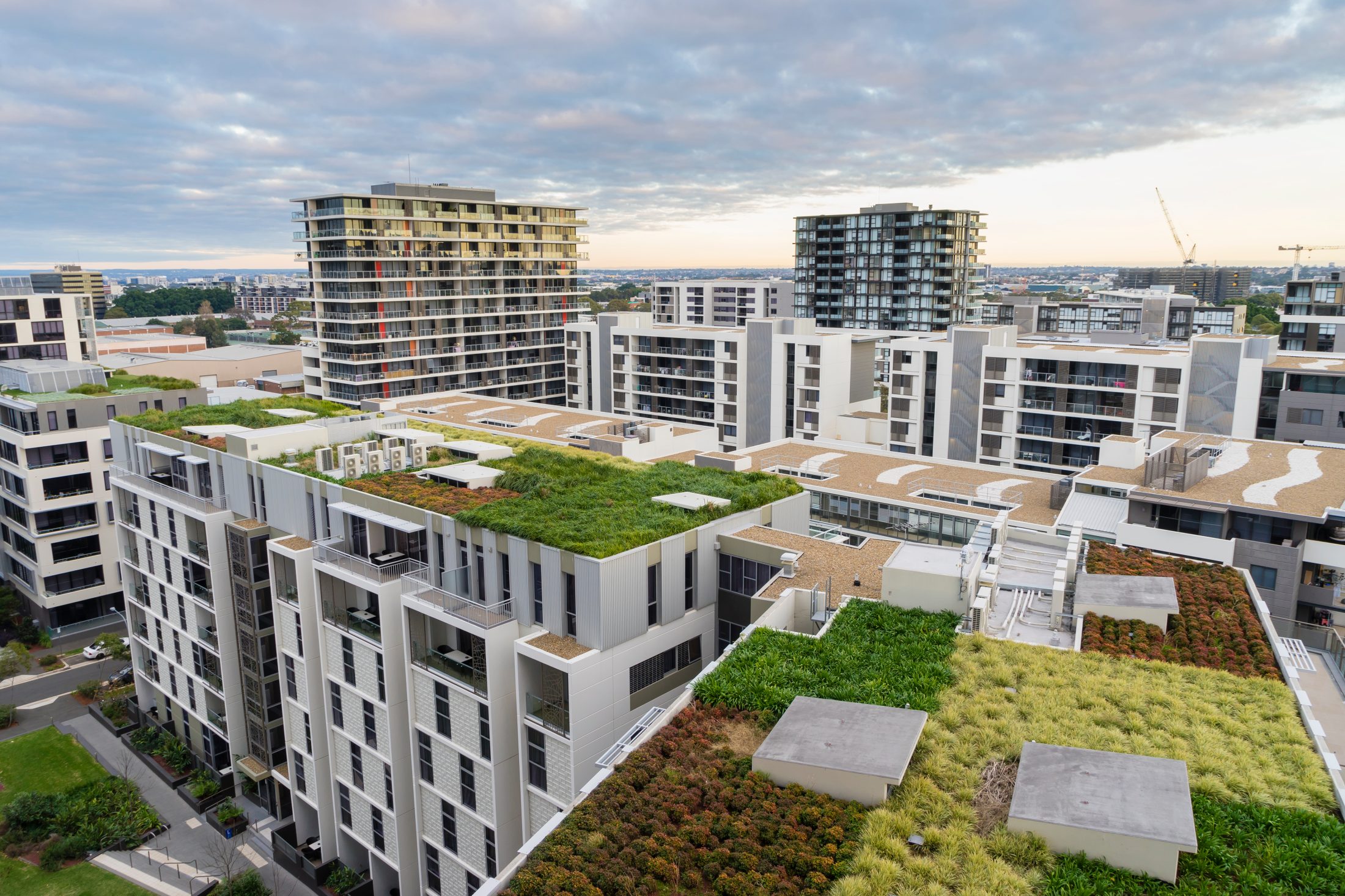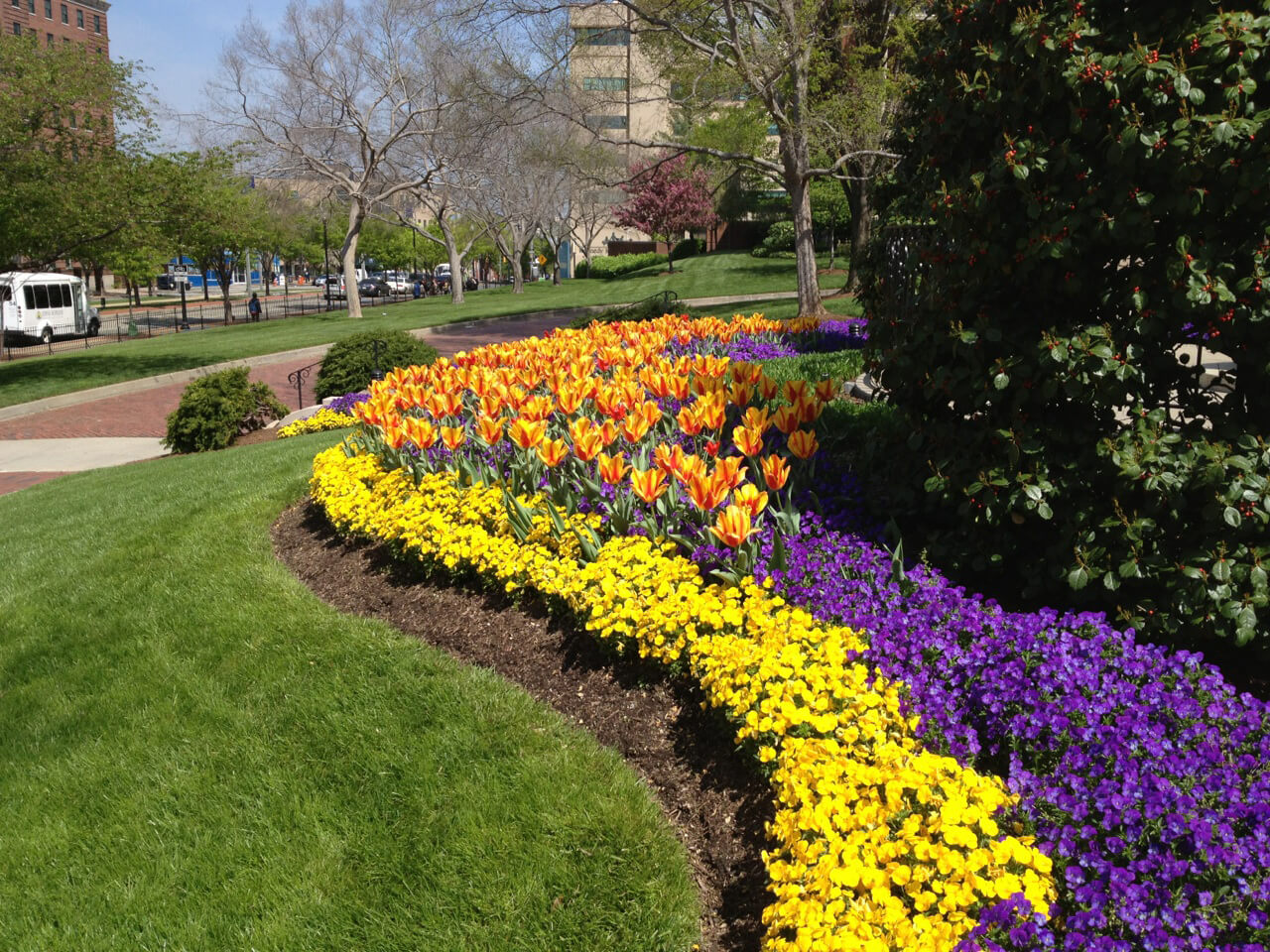As winter blankets the world in a frosty embrace, it’s natural to long for the warmer, vibrant days of spring. This season is not only a time of rejuvenation for nature but also an excellent opportunity to transform your landscape into a colorful, flourishing haven. In this comprehensive article, we’ll explore a range of ideas and tasks to consider as you prepare your commercial property for the upcoming spring. From tree planting to refreshing your shrubbery, mulching, and collaborating with professional landscapers, we’ve got you covered.
Category: Blog
Preparing your property now for Spring
When fall brings a chill to the air, it’s the perfect time to prepare your property to not only look it’s best now but to also ensure it is ready to thrive come springtime. Below are some ways to prepare your property now: Read more »
Dormant Pruning
“Winter” or “dormant” pruning is an essential horticultural practice that an experienced landscape contractor will utilize at their discretion. This is essentially a hard cutback (more than you would cut with hand pruners or shears during a typical pruning session) to reshape the plant and encourage new growth to form towards the inside of the plant. As plants are pruned during the summer months, a landscaper will strategically take as little plant material off during each pruning to avoid plant stress during hot temperatures. Read more »
Autumn Leaves – Remove or Mulch?
Leaf Removal (removal vs. mulching in turf)
As summer comes to an end so does the tree growing season. As fall approaches, property managers are left with a decision to make. Should fallen leaves be mulched or removed? When it comes to leaf removal it may be tempting to wait until all the leaves have fallen, however, it is much better for the overall health of your lawn to remove them as soon as possible. Leaves can also cause safety issues as fallen leaves on pavements, parking lots, and patios can be slippery when wet and lead to accidents. Read more »
Fall Preparations
PREPARING YOUR OFFICE PARK FOR FALL
The dog days of summer are sadly winding down. Be ahead of the pack and make the transition to fall a smooth one. Taking the time to think about your property’s needs and your own goals for the site in advance will make your life a bit less stressful – and hopefully making some time to seek out a hammock in the shade with a good book and beverage of choice! Read more »
How to Craft an RFP
The RFP process can be a daunting task for property managers and community board members alike. The bid process contains many technical elements that can be a challenge to align with your needs, particularly for individuals with limited landscaping knowledge. The good news is that with a little planning, you can create an RFP that clearly defines your expectations and determines the best overall value in a landscape contractor. Read more »
Benefits of a Green Roof
Green roofs have recently gained popularity in urban areas. With new buildings going up and green roofs on a majority of them, you may wonder: What exactly is a green roof and what is its purpose?
What is a Green Roof?
In short, a green roof is a rooftop garden or green space. Green roofs provide an ecosystem in urban areas by improving stormwater management, reducing building energy use, and providing a space for urban wildlife. Read more »
Water Features and Fountains
The Benefits of Water Features and Fountains
Are you looking for something to really bring some pizzazz to your outdoor space? One way to make a bold statement and enhance your outdoor space is to install a water feature. There are a few different types of water features you can go with, depending on your space and budget. Water features have plenty of benefits, such as providing a restful area to relax. Who doesn’t enjoy listening to water running over a waterfall? Whether you decide on a relaxing koi pond, waterfall, fountain, or a reflecting pool, they all bring a sense of “wow” to your landscape. Read more »
The Benefits of Dog Parks
Dog Parks – Property Amenity
In the 2021-2022 APPA National Pet Owners Survey, 70% of U.S. households have at least one pet. With dogs continuing to be one of the most popular household pets and this number continuing to increase, dog leash laws are becoming more strict. This may leave dog owners wondering where their dogs can run and play freely. Many developments are adding dog parks as an amenity to attract dog owners and help solve this problem for the growing dog population. Here are a few pros and cons of adding a dog park to your community: Read more »
Curb Appeal
Curb Appeal and Spring Tips
Research shows that people form a first impression within seven seconds of seeing something novel. Whether your concern is to maintain property values, increase occupancy rates or improve the overall experience for visitors/tenants, curb appeal is a critically important element of your success. Below are several ideas to ensure your property always puts its best foot forward. Read more »

